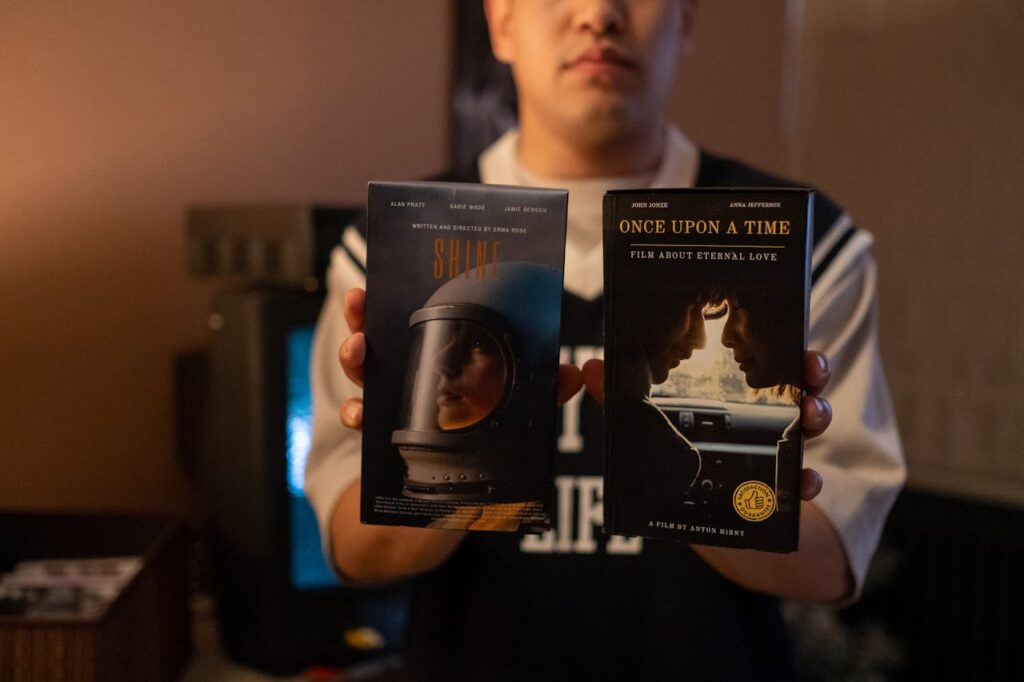Artificial intelligence remastering technology enables the revival of classic films.

Artificial intelligence remastering technology enables the revival of classic films.
The motion picture industry has long held its classics in high regard; these films have stood the test of time, influenced society, and served as a source of inspiration for subsequent filmmakers. However, many of these older films have problems, such as colors that have faded, textures that are grainy, audio that is not very good, and reels that have been broken, which lowers the overall quality of the watching experience for current viewers. Introducing artificial intelligence remastering technology, a remarkable invention that is giving vintage films a new lease of life. Old films are being remastered in ultra-high definition with the use of sophisticated machine learning algorithms. This process results in the films having more distinct graphics, improved sound, and even colorization, all of which help to maintain the films’ creative objective while also making them accessible to viewers of today. This technological resurrection is not only protecting cultural legacy, but it is also reintroducing classics that have been lost to a new generation of cinema fans.
The Reasons Why Classic Films Should Be Preserved
Chemical breakdown, incorrect storage, and exposure to light and humidity are all factors that contribute to the gradual deterioration of film reels over time. If left untreated, many classics run the danger of suffering irreversible harm. The preservation of these films assures that they will continue to be accessible to future generations, so preserving an essential component of the cultural heritage of the whole world.
How Artificial Intelligence Remastering Operates
Tools that are driven by artificial intelligence examine each frame of a movie, bringing out features that are missing, sharpening visuals that are fuzzy, and reduce noise. Further capabilities of machine learning models include the ability to upscale film to a resolution of 4K or even 8K, change frame rates to provide smoother motion, and restore audio quality that has been lost. In the past, these procedures required years of human editing, but today, artificial intelligence can accomplish the same tasks in a fraction of the time.
The Importance of Colorization in the Process of Bringing To Life Stories
In the beginning, a great number of well-known masterpieces were filmed in black and white. Artificial intelligence remastering has the ability to add realistic color based on historical references and creative decisions, providing viewers with a new perspective on well-known tales while maintaining the integrity of the original essence.
The Advantages for Contemporary Audiences
Many times, younger viewers who have been weaned on high-definition video have a difficult time engaging with films that are grainy or badly kept. The use of artificial intelligence to restore classics makes them more attractive, guaranteeing that they continue to be current and accessible without affecting the spirit of their narrative.
Accessibility Increases Through the Use of Streaming Platforms
It is now possible for restored masterpieces to instantaneously reach audiences all around the world because to the proliferation of digital streaming platforms. Platforms are making significant investments in artificial intelligence restoration initiatives in order to broaden the scope of their libraries and appeal to cinema aficionados who are looking for high-quality watching as well as nostalgia.
Reviving old films has a significant economic value.
Artificial intelligence remastering is proven to be a profitable enterprise, in addition to its cultural significance. For the purpose of creating fresh income streams from works that have been around for decades, studios have the ability to re-release classics in cinemas, on Blu-ray, or as part of streaming collections.
Obstacles and Criticisms to Consider
Artificial intelligence remastering has garnered a lot of acclaim, however some people believe that excessive digital improvement might harm the creative integrity of a work. Loss of original grain, excessive smoothing, or improper colorization are all factors that have the potential to alter the filmmaker’s vision. Finding a happy medium between restoration and authenticity is still a topic of discussion.
Maintaining the Accuracy of Recent History
A significant number of restoration companies interact with historians, original crew notes, or family members of filmmakers in order to guarantee accurate replication. By working together, artificial intelligence systems are better able to connect with the historical and cultural context of each film.
The Prospects for Artificial Intelligence in the Field of Film Preservation
The development of artificial intelligence may lead to the creation of ever more advanced restoration procedures, such as the reconstruction of missing sequences, the enhancement of conversation via the use of AI-generated voice clarity, and even the repair of films that were previously deemed to be beyond saving.
Introducing a New Era of Appreciation for Film
The goal of artificial intelligence remastering is not to replace the past; rather, it is to preserve it in a manner that is congruent with the present. Through the process of resurrecting classics, the technology is able to bridge the gap between generations, enabling contemporary viewers to experience the same enchantment that once dazzled audiences at the silver screen.




